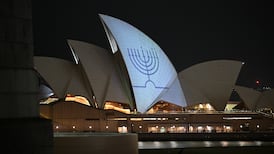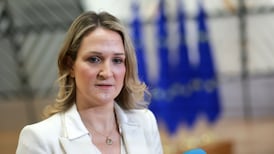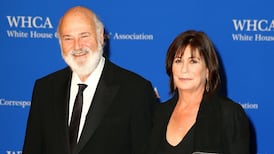The apparent consensus in the “commentariat” that the general election has “finally” realigned Irish politics to the classic European left-right model is forcing Fine Gael and Fianna Fail to come up with convincing reasons why they should not co-operate to provide a government.
But what of the other side of the new dispensation – the left wing in Irish politics.
If anything, they are less likely to co-operate than the centre/centre-right parties, are more bitterly divided politically and personally, and are inveterate splitters and expellers of dissidents. But left parties and Independents deserve to be asked similar questions as other parties
Common programme
Efforts to unite around a common programme have rarely been convincing or lasted for long. The latest, a broad set of “anti-austerity” demands – the Right2change campaign – has found some common ground among activists but little public echo.
The broad church of the political left in Ireland – socialist or social democratic in outlook – ranges from Labour to the far left of the AAA-PBF, through the Social Democrats and Sinn Féin, and a number of Independents.
The most clearly identifiable of these include Clare Daly, Joan Collins, Maureen O'Sullivan, Mick Wallace, John Halligan, Séamus Healy, Katherine Zappone and Finian McGrath.
A tally of these parties’ and Independents’ first preferences amounts to a third of first preferences cast (if one-third of the Independent vote is included).
Strength
On a proportional allocation it would be due 53 Dáil seats, although the vagaries of PR in allocating final seats make such a calculation theoretical.
A similar calculation of the strength of the left in the outgoing Dáil would have given it collectively 35 per cent, a broadly similar figure that might suggest this election has not produced a major earthquake in ideological terms. But the fact Labour was in government, and the dramatic rise of both Sinn Féin – from 7 to 14 per cent – and of the AAA-PBP, largely at Labour’s expense, reflect a significant shift to the left in the left-leaning electorate.
The major ideological shift to the left in the wider electorate came in 2O11 when, Labour capitalised on the fallout from the banking crisis and the discrediting of Fianna Fail and doubled of its vote; and with the inexorable rise of Sinn Féin, the country’s tectonic plates shifted.
The 2016 election represented not so much a shift in ideology as a recalibration of 2011’s unfinished revolution.
But the levels of mistrust within the left should never be underestimated. Celebrating his own victory, Paul Murphy of the Socialist Party and AAA-PBP observed he was not convinced the SF leadership was committed to building a "left" that learns from Labour and does not prop up right-wing parties.
Comrades, all! No chance. The alphabet soup the left parties represent is unlikely to disappear any time soon.












